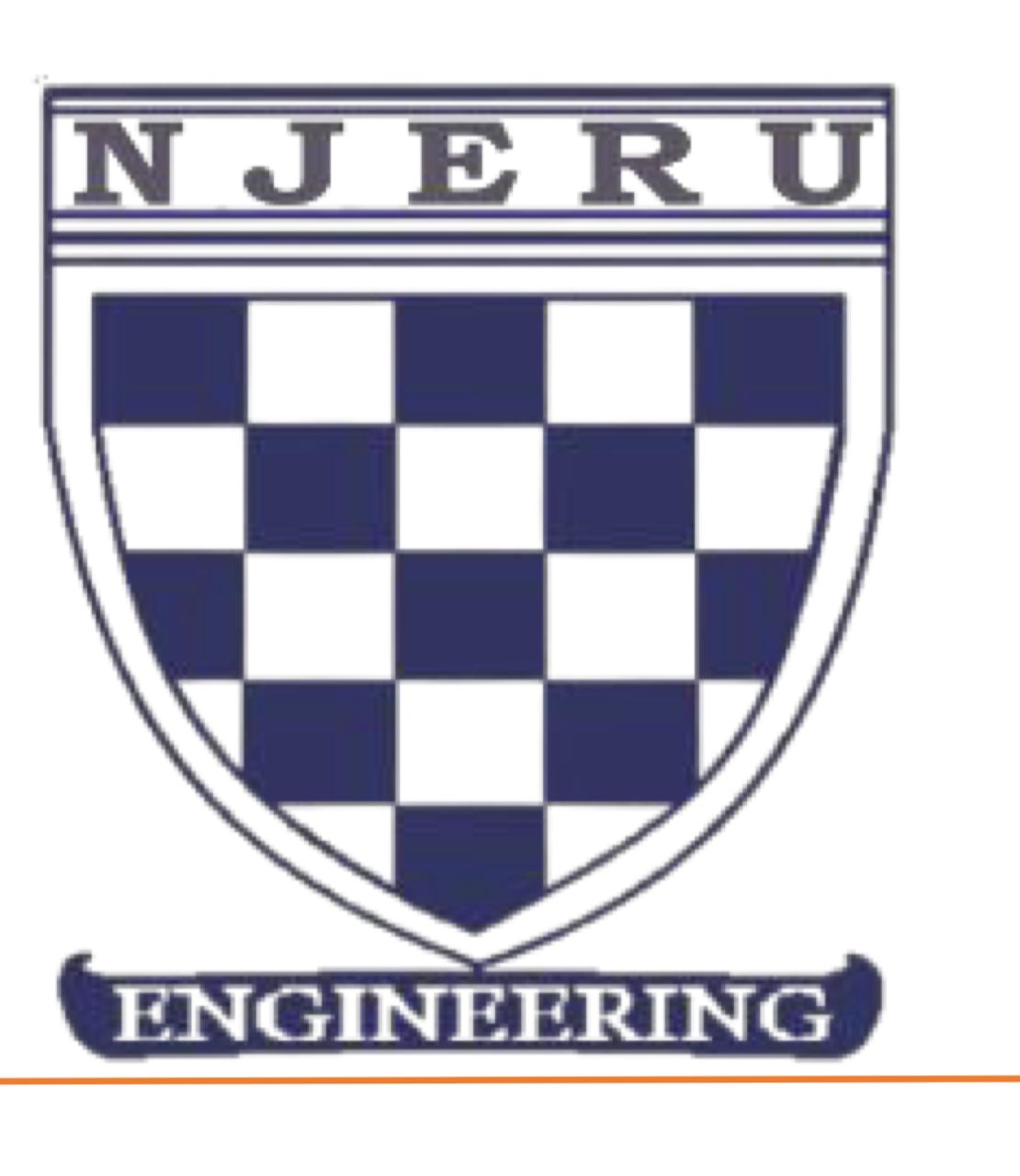Vol: 1 Issue: 2
FAULT DETECTION AND CLASSIFICATION OF TRANSMISSION LINES USING ARTIFICIAL NEURAL NETWORKS WITH MULTIPLE DATASETS
Vincent Nsed Ogar, Archibong Etim, Akpama Eko James
INTRODUCTION
The transmission line is a crucial component of the power system, connecting generating stations with distribution units. However, these networks are susceptible to unavoidable faults that cannot be managed through physical or human intervention but require advanced techniques. [1]. A fault in a power system is any abnormality or failure in current flow caused by human error, overload, environmental factors, or adverse weather conditions such as rain, wind, snow, and fog. These faults disrupt electricity flow, leading to short circuits, system instability, industrial load failures due to voltage drops in healthy feeders, blackouts, power loss, and economic disruptions. Therefore, it is crucial to implement effective measures for maximum transmission line protection. This can be achieved using modern techniques for fault detection, classification, and localization, enabling quick and accurate line isolation to prevent system collapse. [2]. However, feedback from fault classification can significantly assist in detecting fault locations for fast clearing time to restore power [3].
Various types of faults occur in transmission lines, including short circuit faults. These faults happen when the load current is disrupted due to installation breakdowns caused by sparks across facilities, aging equipment, temperature changes, adverse weather, chemical pollution, or foreign objects like trees and animals on the lines. Other types of faults are phase and ground faults. A ground fault involves a connection between one phase conductor and the ground, while a phase fault involves two or more phase conductors, either with or without ground involvement. Examples are as follows.
i. Line–to–ground fault (L-G)
ii. Line–to–line fault (L-L)
iii. Three-line fault (L-L-L).
Faults are classified according to the severity of occurrence, and the most common faults are the L-L and L-G faults, while the most intense is the L-L-L and L-L-L-G faults.
Table 1 summaries the different types of faults and their percentage of occurrence in transmission line


